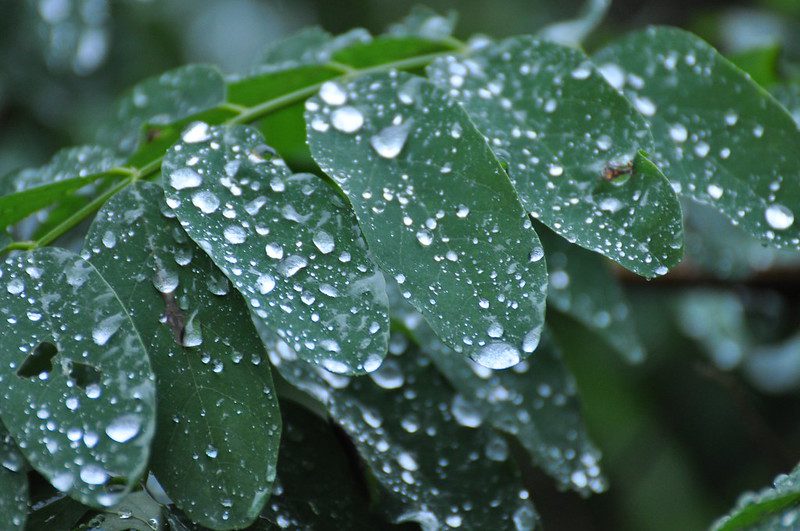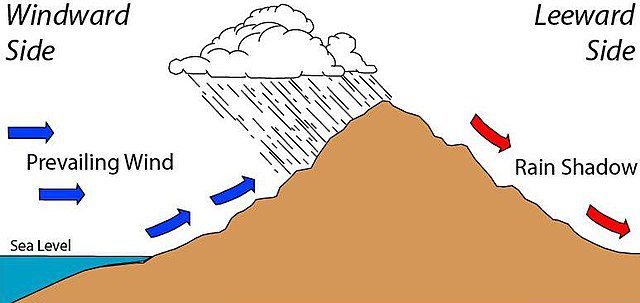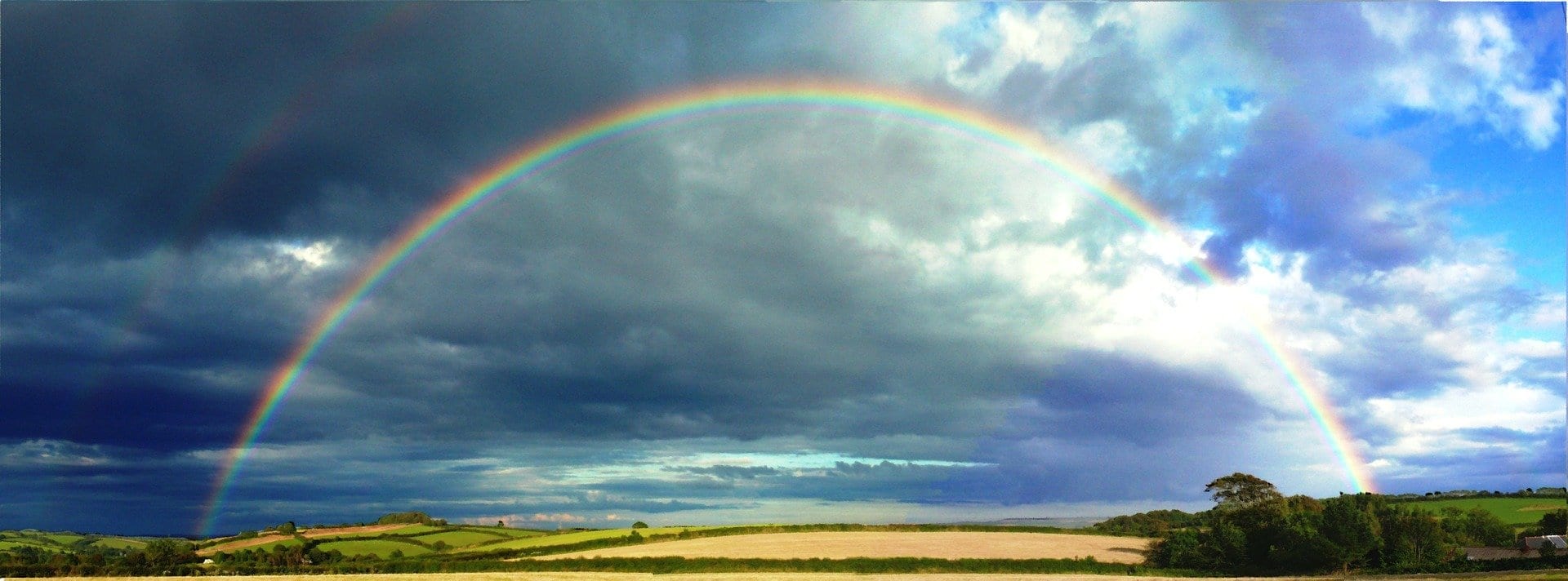10 Soggy Facts about Rain
Rain, rain, go away… well, some of us like the odd downpour, and rain’s an essential part of keeping our ecosystem running. However, there’s more to these little drops than meets the eye. Grab an umbrella, and take a look at some fun facts about rain if you’re stuck indoors for the foreseeable future…
1. Rain is just one part of nature’s crucial water cycle.
Rain is indeed a key component of the water cycle, which begins when water evaporates from oceans, lakes, rivers, and other bodies – clouds then form, and the water eventually falls back to the Earth’s surface as precipitation, i.e., rain, snow, sleet, etc.
2. There are three main rain categories, and chances are, you’ve felt them all.
Rain is categorized as drizzle (very light rain), showers (brief bursts of rain), and heavy rain. These categories, as you can see, are based on droplet sizes and downpour weight.
3. Raindrops are simply particles taking baths!
Raindrops form when water vapor condenses around tiny particles in the atmosphere. The size of raindrops can vary from tiny mist-like droplets to heavy bulbs – and if the rain’s fast enough, it’s easy to get soaked by either of the two!

4. The sound of rain has a musical name all of its own.
The sound of raindrops hitting surfaces is known as “rainfall music.” It can have a calming and soothing effect on people. In fact, people who love the sound of rain and generally enjoy it are known as pluviophiles!
5. People measure precipitation with rain gauges.
A rain gauge is an instrument that’s used to measure the amount of rainfall at a specific location. It typically consists of a collection container and a scale for measurement.
6. Your experience of rain is likely very different from other people’s.
As you know, different regions of the world experience varying levels of rainfall. This is due to natural factors such as geographical location, the area’s current winds, and proximity to bodies of water. Rainfall in Britain, for example, is a frequent nuisance, whereas it’s a refreshing miracle in the Atacama Desert!
7. Some parts of the world experience monsoon seasons, which last for months on end.
In some parts of the world, such as South Asia, for example, monsoon seasons happen every year. They are seasons characterized by heavy rainfall. Monsoons are caused by seasonal shifts in wind patterns.
8. Mountains can create deserts as they block rainfall!
A rain shadow is an area on the leeward side of a mountain where rainfall is significantly reduced. This is due to the mountain blocking rainy air – and can lead to desert formations.

9. Rain can wear away rocks and change how landscapes look.
As light as rain may seem in short bursts, it can cause erosion and weathering of rocks and soil. In doing so, it can shape landscapes over time! Don’t panic if you live on rocky land, however, as it will likely take a million years or more for complete erosion.
10. Sunshine following rain typically brings about rainbows.
One of the best things about rain is that it often brings dazzling rainbows, which are always a pleasure to watch! Rainbows appear when sunlight is refracted, reflected, and dispersed by water droplets in the air. On average, rainbows typically fade after an hour, so be sure to take a photo if you spot one!

FAQs about Rain
How much is 1mm of rain?
Generally speaking, 1mm of rain (or, 0.03 inches) is the same as one liter of water per square meter of area. However, precipitation is often measured over time rather than with a rule in one go!
Is 20mm a lot of rain?
Less than 20mm (0.78 inches) of rain is considered low. However, between 20mm and 40mm (1.5 inches) of rain is considered moderate to high, and anything above 40mm is considered heavy.
What does 100% rain mean on a weather app?
If you check weather forecasts on your smartphone, the percentage of rain you’ll see tells you how much chance you’ll get 0.01 inches (0.33mm) of rain during a period. It doesn’t tell you how heavy the rain is or how long for unless you look deeper into the statistics.
Further reading:
https://factcity.com/tag/Nature
https://www.rainviewer.com/
https://www.nationalgeographic.org/encyclopedia/rain/
Do you know any fun facts about rain? Share them in the comments below!
This page was last modified on August 18, 2023. Suggest an edit








